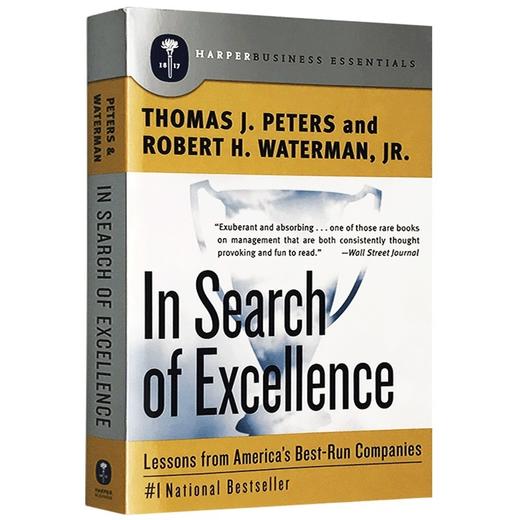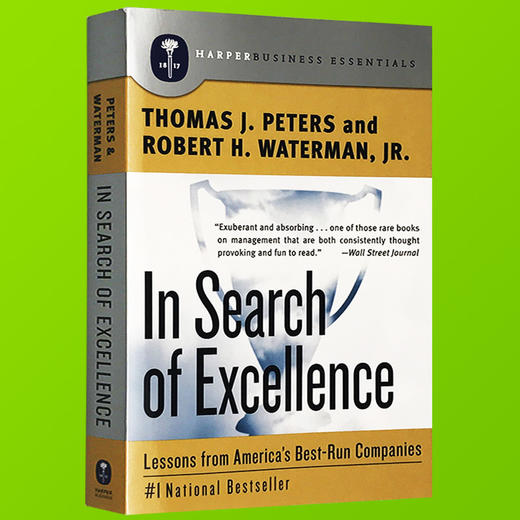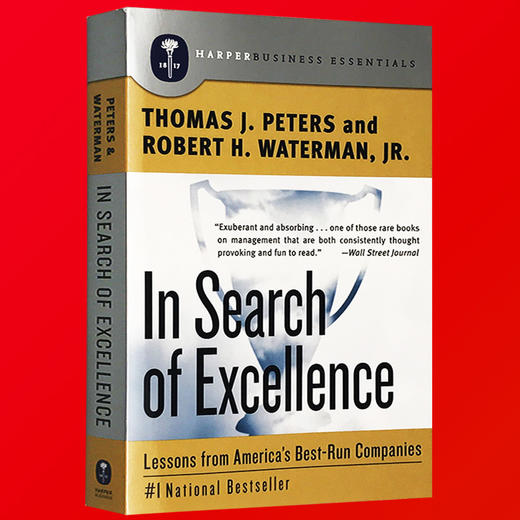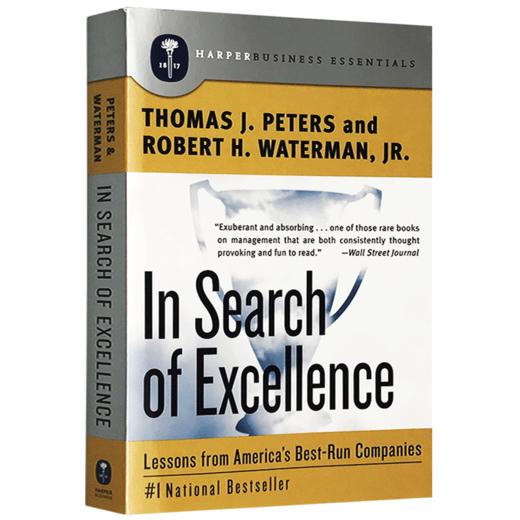追求卓越 英文原版 In Search of Excellence 汤姆彼得斯 MBA 英文版 工商企业管理进口英语书
| 运费: | ¥ 0.00-999.00 |
| 库存: | 9 件 |
商品详情
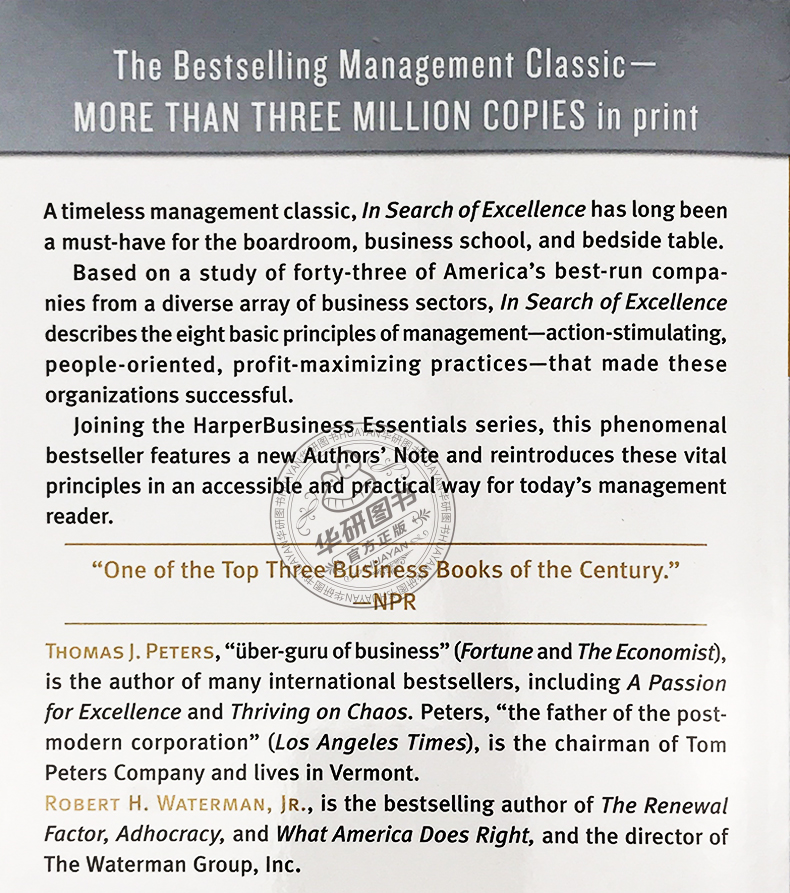
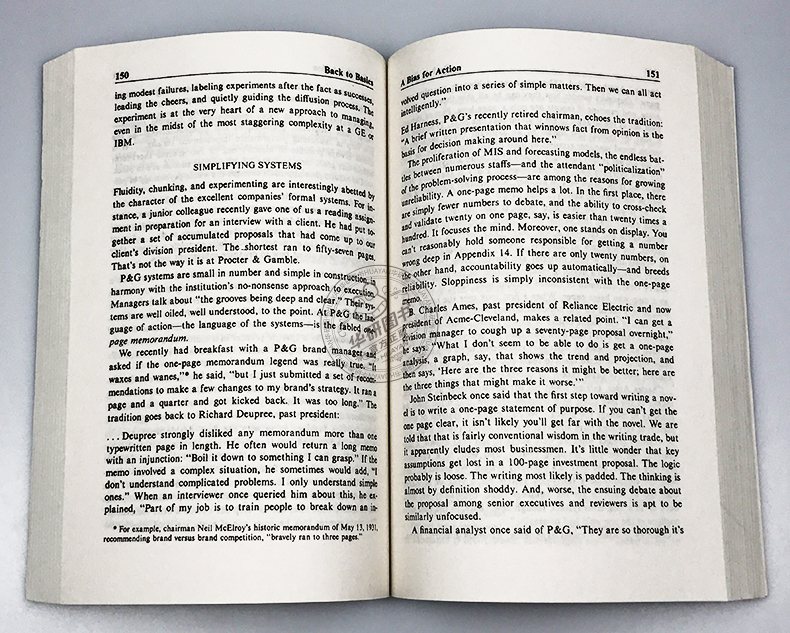
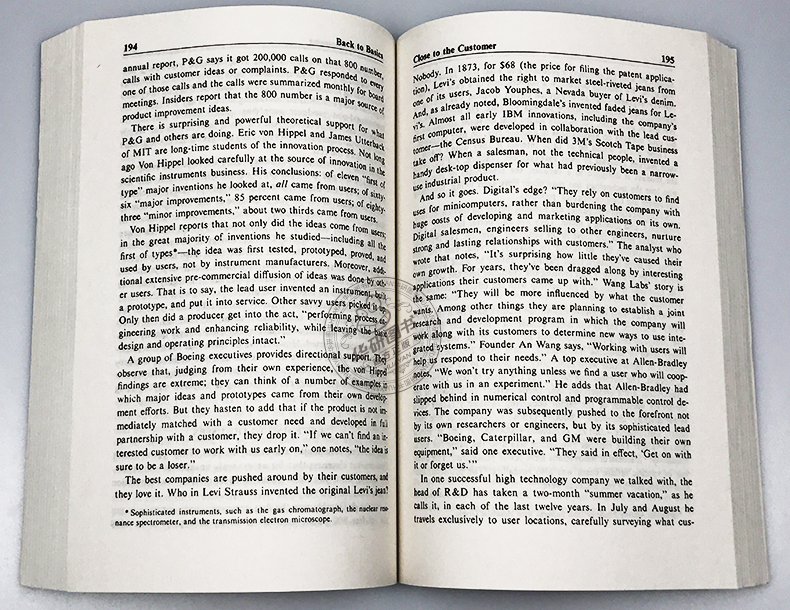
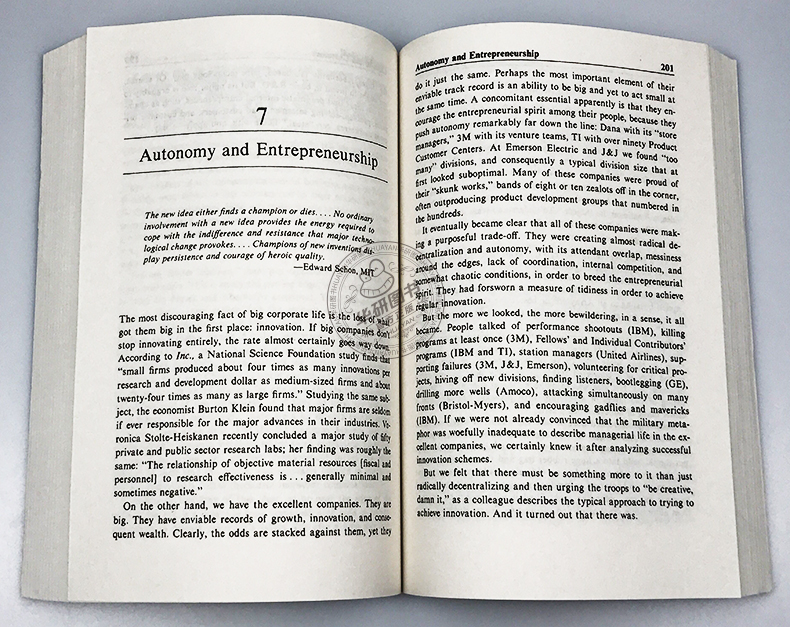

 书名:In Search of Excellence追求卓越
书名:In Search of Excellence追求卓越
作者:Thomas J. Peters汤姆·彼得斯;Robert H. Waterman罗伯特·沃特曼
出版社名称:HarperBusiness
出版时间:2004
语种:英文
ISBN:9780060548780
商品尺寸:13.3 x 2.5 x 19.7 cm
包装:平装
页数:360 In Search of Excellence《追求卓越》是世界畅销的工商管理书籍之一,它开启了商业管理书籍的革命,真正将管理的科学性与艺术性密切地结合起来,成为轰动整个管理世界的经典法则,被誉为美国优秀企业的管理圣经。
In Search of Excellence《追求卓越》是世界畅销的工商管理书籍之一,它开启了商业管理书籍的革命,真正将管理的科学性与艺术性密切地结合起来,成为轰动整个管理世界的经典法则,被誉为美国优秀企业的管理圣经。
The “Greatest Business Book of All Time” (Bloomsbury UK), In Search of Excellence has long been a must-have for the boardroom, business school, and bedside table.
Based on a study of forty-three of America's best-run companies from a diverse array of business sectors, In Search of Excellence describes eight basic principles of management -- action-stimulating, people-oriented, profit-maximizing practices—that made these organizations successful.
Joining the HarperBusiness Essentials series, this phenomenal bestseller features a new Authors' Note, and reintroduces these vital principles in an accessible and practical way for today's management reader.
Review
“One of those rare books on management that are both consistently thought-provoking and fun to read.”—Wall Street Journal 汤姆·彼得斯与罗伯特·沃特曼针对IBM、惠普、强生、迪士尼、沃尔玛、麦当劳、万豪、花旗、3M等43家美国经营成功的企业进行系统研究,在《追求卓越》中总结出了卓越企业的八大特质:
汤姆·彼得斯与罗伯特·沃特曼针对IBM、惠普、强生、迪士尼、沃尔玛、麦当劳、万豪、花旗、3M等43家美国经营成功的企业进行系统研究,在《追求卓越》中总结出了卓越企业的八大特质:
一、采取行动;
二、接近顾客;
三、自主和创业精神;
四、以人为本;
五、亲身实践、价值驱动;
六、坚持本业;
七、组织单纯、人事精简;
八、宽严并济。
出版至今,《追求卓越》的理念仍为当代经理人津津乐道。汤姆·彼得斯也认为,自《追求卓越》之后虽然写了很多书,但没有任何一本比《追求卓越》更加精辟。书中提到的八大特质,无论是当时还是现在都适用,是经得起考验的企业卓越之本。 汤姆·彼得斯,全球著名的管理学大师之一,在美国乃至整个西方世界被称为“商界教皇”。获得斯坦福大学工商管理硕士和博士学位,被《财富》杂志誉为“管理领袖中的领袖”。曾任麦肯锡公司顾问,现任汤姆·彼得斯公司董事长。彼得斯自我描述为反叛王子、勇于失败的斗士、令人振奋的公司领导者、市场的拥簇。汤姆·彼得斯著述颇丰,擅长的题目是“创新”,每一本都是具有世界影响的畅销书。其它代表性著作有《追求卓越的激情》、《重启思维》、《解放型管理》、《追求卓越:个人成长版》、《疯狂的时代呼唤疯狂的组织》等,一次又一次掀起全球企业革新的热潮。
汤姆·彼得斯,全球著名的管理学大师之一,在美国乃至整个西方世界被称为“商界教皇”。获得斯坦福大学工商管理硕士和博士学位,被《财富》杂志誉为“管理领袖中的领袖”。曾任麦肯锡公司顾问,现任汤姆·彼得斯公司董事长。彼得斯自我描述为反叛王子、勇于失败的斗士、令人振奋的公司领导者、市场的拥簇。汤姆·彼得斯著述颇丰,擅长的题目是“创新”,每一本都是具有世界影响的畅销书。其它代表性著作有《追求卓越的激情》、《重启思维》、《解放型管理》、《追求卓越:个人成长版》、《疯狂的时代呼唤疯狂的组织》等,一次又一次掀起全球企业革新的热潮。
Thomas J. Peters, “uber-guru of business” (Fortune and The Economist), is the author of many international bestsellers, including A Passion for Excellence and Thriving on Chaos. Peters, “the father of the post-modern corporation” (Los Angeles Times), is the chairman of Tom Peters Company and lives in Vermont.
罗伯特·沃特曼,斯坦福大学企业管理硕士,斯坦福大学企业管理学院兼职教授。曾在麦肯锡顾问公司任职约二十多年,著有《美国的明智之举》。
Robert H. Waterman is a non-fiction author and expert on business management practices. He is best known as the co-author, with Tom Peters, of In Search of Excellence. Waterman currently directs his own company, The Waterman Group, Inc., after 21 years at the management consulting firm McKinsey & Company. The Belgian Surrealist René Magritte painted a series of pipes and entitled the series Ceci n’est pas une pipe (This is not a pipe). The picture of the thing is not the thing. In the same way, an organization chart is not a company, nor a new strategy an automatic answer to corporate grief. We all know this; but like as not, when trouble lurks, we call for a new strategy and probably reorganize. And when we reorganize, we usually stop at rearranging the boxes on the chart. The odds are high that nothing much will change. We will have chaos, even useful chaos for a while, but eventually the old culture will prevail. Old habit patterns persist.
The Belgian Surrealist René Magritte painted a series of pipes and entitled the series Ceci n’est pas une pipe (This is not a pipe). The picture of the thing is not the thing. In the same way, an organization chart is not a company, nor a new strategy an automatic answer to corporate grief. We all know this; but like as not, when trouble lurks, we call for a new strategy and probably reorganize. And when we reorganize, we usually stop at rearranging the boxes on the chart. The odds are high that nothing much will change. We will have chaos, even useful chaos for a while, but eventually the old culture will prevail. Old habit patterns persist.
At a gut level, all of us know that much more goes into the process of keeping a large organization vital and responsive than the policy statements, new strategies, plans, budgets, and organization charts can possibly depict. But all too often we behave as though we don’t know it. If we want change, we fiddle with the strategy. Or we change the structure. Perhaps the time has come to change our ways.
Early in 1977, a general concern with the problems of management effectiveness, and a particular concern with the nature of the relationship between strategy, structure, and management effectiveness, led us to assemble two internal task forces at McKinsey & Company. One was to review our thinking on strategy, and the other was to go back to the drawing board on organizational effectiveness. It was, if you like, McKinsey’s version of applied research. We(the authors) were the leaders of the project on organization effectiveness.
A natural first step was to talk extensively to executives around the world who were known for their skill, experience, and wisdom on the question of organizational design. We found that they, too, shared our disquiet about conventional approaches. All were uncomfortable with the limitations of the usual structural solutions, especially the latest aberration, the complex matrix form. Yet they were skeptical about the usefulness of any known tools, doubting they were up to the task of revitalizing and redirecting billion-dollar giants.
In fact, the most helpful ideas were coming from the strangest places. Way back in 1962, the business historian Alfred Chandler wrote Strategy and Structure, in which he expressed the very powerful notion that structure follows strategy. And the conventional wisdom in 1977, when we started our work, was that Chandler’s dictum had the makings of universal truth. Get the strategic plan down on paper and the right organization structure will pop out with ease, grace, and beauty. Chandler’s idea was important, no doubt about that; but when Chandler conceived it everyone was diversifying, and what Chandler most clearly captured was that a strategy of broad diversification dictates a structure marked by decentralization. Form follows function. For the period following World War II through about 1970, Chandler’s advice was enough to cause (or maintain) a revolution in management practice that was directionally correct.
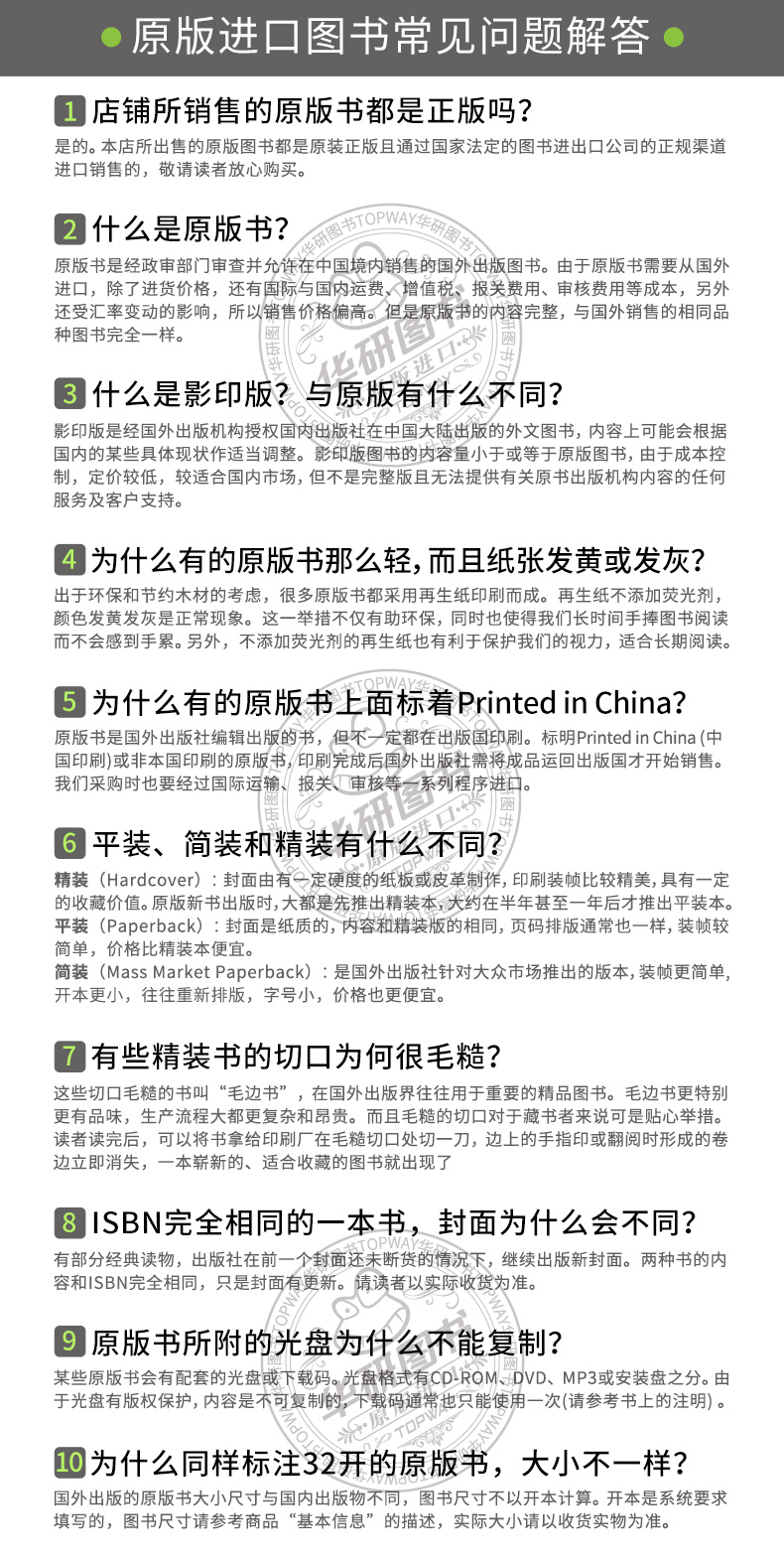
0123456789
- 华研外语批发分销官方旗舰店 (微信公众号认证)
- 本店是“华研外语”品牌商自营店,全国所有“华研外语”、“华研教育”品牌图书都是我司出版发行的,本店为华研官方源头出货,所有图书均为正规正版,拥有实惠与正版的保障!!!
- 扫描二维码,访问我们的微信店铺
- 随时随地的购物、客服咨询、查询订单和物流...
